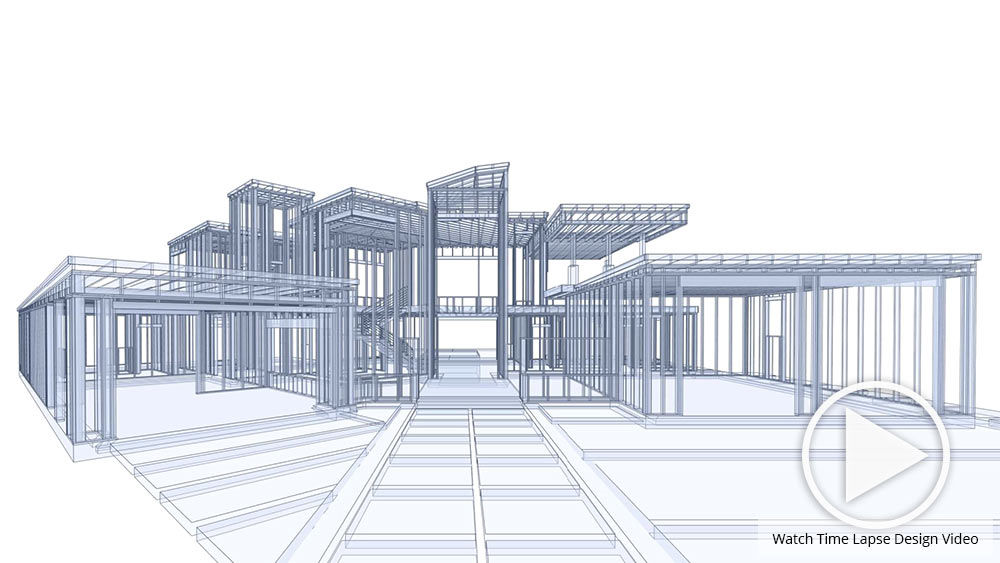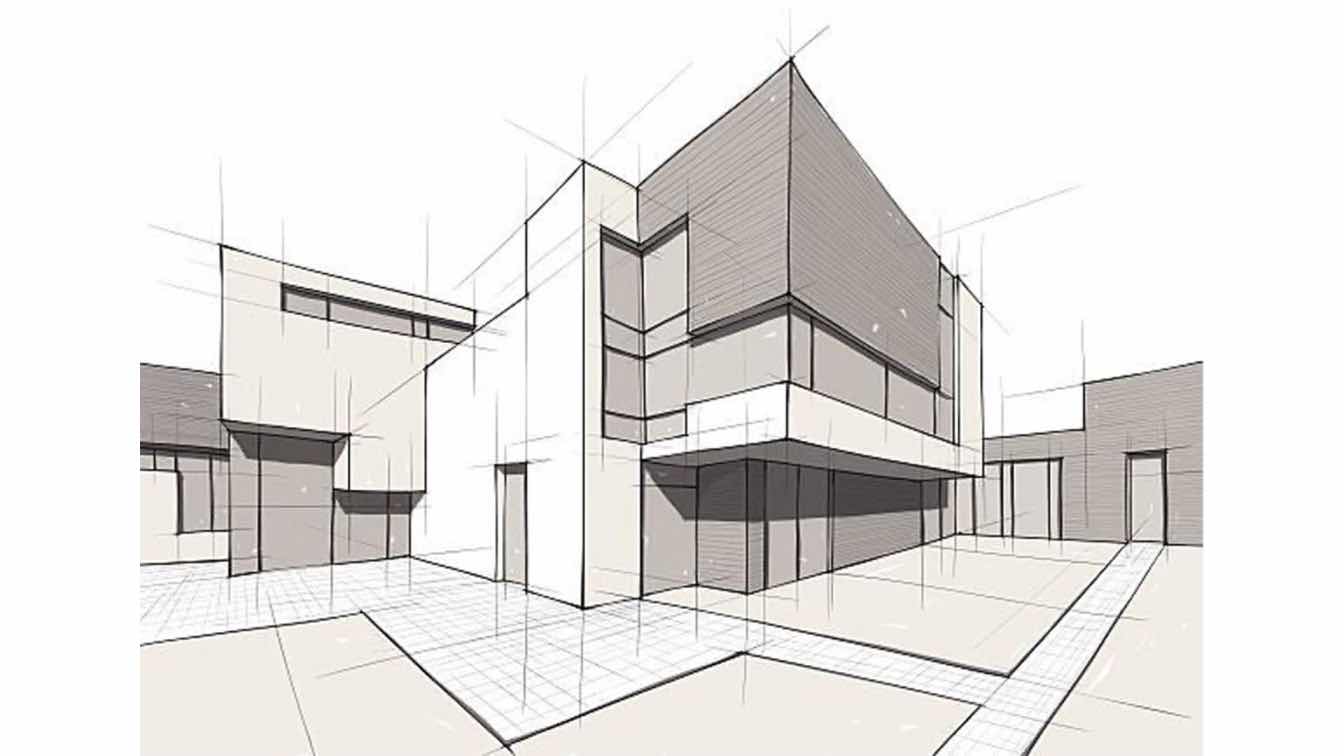The Creative Process Behind Effective Projects from CDA Architects
The Creative Process Behind Effective Projects from CDA Architects
Blog Article
Recognizing the Collaborative Refine In Between Architects and Designers in Modern Construction Projects
The collective process in between engineers and designers is vital in modern building and construction tasks, as it balances style intent with design usefulness. Discovering these characteristics discloses understandings that can dramatically impact project results and overall industry requirements.
The Value of Cooperation
The collaborative harmony between architects and engineers is crucial for the successful awareness of any construction job. This collaboration combines distinctive experience and perspectives, making it possible for the integration of innovative style with practical design solutions. By collaborating, architects and engineers can make sure that a project not just satisfies aesthetic and practical demands however also abides by safety and security, sustainability, and monetary restraints.
Collaboration fosters a common vision, facilitating the positioning of goals and expectations from the beginning. This alignment is essential in dealing with possible difficulties and mitigating threats that could occur during the project lifecycle. Furthermore, a collaborative strategy permits the reliable allocation of resources, maximizing both time and expense.
The relevance of partnership encompasses the iterative process of layout and building, where feedback from engineers can educate building choices, leading to more feasible and sustainable layouts. On the other hand, designers can motivate designers to assume creatively about how to achieve architectural honesty without endangering artistic intent. Ultimately, the joint partnership between architects and designers is not just advantageous; it is basic to the development of top quality, useful, and innovative developed settings that satisfy the demands of culture.
Communication Methods and Devices
Efficient interaction techniques and devices are crucial for cultivating collaboration between designers and designers throughout the project lifecycle. Establishing clear networks of communication is vital to guarantee that all staff member are lined up with job goals, timelines, and duties. Routine meetings, both in-person and virtual, give opportunities for stakeholders to review progression, address problems, and make educated decisions.

Additionally, adopting collaborative communication devices, such as Slack or Microsoft Teams, enables immediate messaging, documents sharing, and ongoing conversations, promoting a much more dexterous feedback to emerging problems. File monitoring systems likewise play a critical function in arranging job paperwork, making certain that all group members have access to the most up to date info.
Shared Goals and Job Vision
An unified task vision offers as the foundation for effective cooperation between designers and engineers (cda architects). This shared vision not just lines up the efforts of both parties however likewise develops an usual framework for decision-making throughout the task's lifecycle. By verbalizing clear objectives, stakeholders can successfully navigate the intricacies of modern-day building and construction tasks, ensuring that both visual and check this useful needs are satisfied
Establishing common goals involves open dialogue and an extensive understanding of each discipline's payments. Architects typically concentrate on design intent, spatial relationships, and individual experience, while engineers highlight architectural integrity, systems functionality, and conformity with laws. When these viewpoints are lined up, the result is a natural job that abides by both imaginative ambitions and technological feasibility.
Additionally, a well-defined task vision cultivates liability amongst employee, motivating each participant to take possession of their function in accomplishing the wanted end result. Regular check-ins and joint workshops can additionally enhance this commitment, permitting for adjustments to be made as the project progresses. Ultimately, a common vision not just boosts teamwork but additionally boosts the top quality of the final deliverable, bring about effective project conclusion.
The Role of Modern Technology
Leveraging technology has come to be essential in enhancing cooperation between engineers and designers. Building Information Modeling (BIM) stands out as an essential innovation, allowing both engineers and designers to produce in-depth 3D versions that encapsulate design intent and structural stability.
Additionally, cloud-based platforms enable smooth cooperation, permitting job stakeholders to gain access to and update task data from anywhere. This promotes a culture of openness and liability, as adjustments can be tracked and evaluated in real-time. In addition, mobile applications more improve communication, providing on-site groups with prompt access to project requirements and updates.
Arising modern technologies such as synthetic knowledge and equipment discovering are additionally starting to contribute in anticipating evaluation, assisting teams determine possible problems before they occur. Eventually, the duty of innovation in architecture-engineering cooperation not only boosts workflow effectiveness but likewise improves development, resulting in even more successful job end results. By accepting these technological innovations, architects and designers can guarantee a much more natural and effective collaborative process throughout the building lifecycle.
Study in Successful Collaborations
Various study illustrate the websites profound effect of efficient collaborations in between engineers and designers on task results. One significant instance is the partnership on the High Line in New York City, where landscape engineers, engineers, and metropolitan coordinators collaborated to change an abandoned railway right into a vibrant public park. This multidisciplinary technique not only boosted the visual high quality however additionally guaranteed architectural safety and ecological sustainability.

The Burj Khalifa in Dubai additionally demonstrates the importance of collaborative efforts - cda architects. The assimilation of style and engineering proficiency made it possible for the project group to accomplish extraordinary heights while sticking to safety regulations and visual vision
These examples underscore the importance of interaction, trust fund, and shared objectives. In today's complicated building and construction atmosphere, such partnerships are important to browsing obstacles and supplying jobs that meet both useful and visionary objectives.
Conclusion
In verdict, the partnership between architects and engineers is vital for the success of modern-day construction projects. Efficient communication strategies, a common project vision, and the assimilation of More about the author innovative modern technologies are essential elements that facilitate this partnership.
Report this page